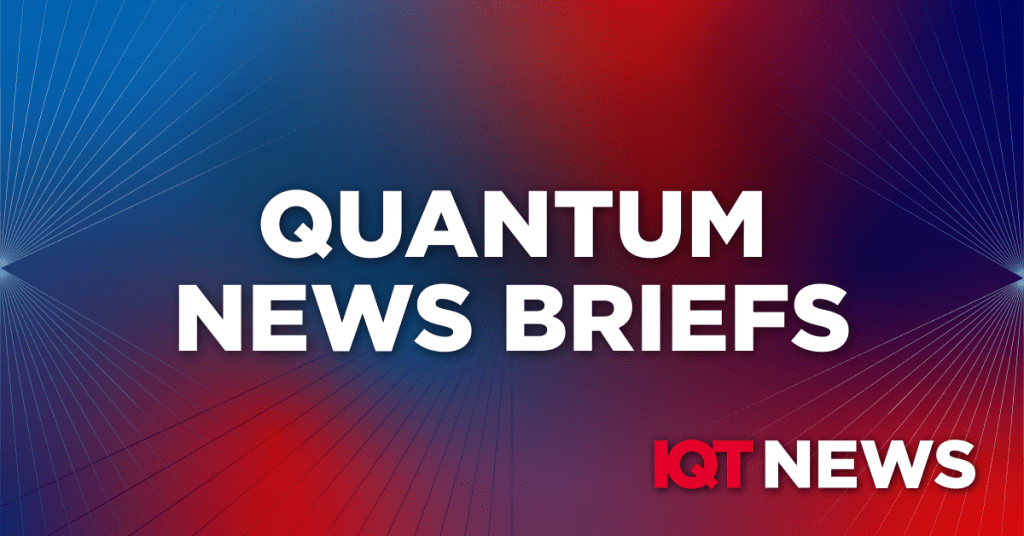Quantum news briefs: May 29, 2024: Press release summaries below:
Classiq collaborates with Hewlett Packard Enterprise on Hybrid Quantum Simulation
The hybrid approach uses the HPE Cray Supercomputing EX system and the massive parallel execution efficiency of HPE Cray Programming Environment for high performance computing along with the Classiq synthesis engine’s ability to synthesize Quantum Approximate Optimization Algorithm (QAOA) circuits to achieve noteworthy results. This solution encapsulates smaller problems to formulate an optimal approach for large-scale challenges. By merging classical and quantum algorithms, this method demonstrates a significant improvement in solving real-world problems efficiently and how to make the potential advantages of quantum acceleration readily available in the HPC data center.
NYU & University of Copenhagen team to work toward superconductor and semiconductor materials for quantum computing
New York University’s Center for Quantum Information Physics and the University of Copenhagen’s Niels Bohr Institute have established a collaboration to develop superconductor and semiconductor materials, which could be used to enhance performance of electronics, quantum sensors, and computing capabilities, for manufacturing, NYU announced in news release May 28.
Under this new collaboration, NYU’s Center for Quantum Information Physics (CQIP) and the University of Copenhagen’s Novo Nordisk Foundation Quantum Computing Programme (NQCP), part of the Niels Bohr Institute, will explore the viability of superconductor-semiconductor quantum materials.
The successful development of superconductor-semiconductor quantum materials could lead to the speeding up of calculations, the creation of new quantum circuit functionalities, and generating ways to integrate these breakthroughs with complementary metal–oxide–semiconductor (CMOS) processes used in building energy-efficient microprocessors, memory chips, image sensors, and other technologies.
Quantum news briefs: May 29, 2024: In Other News summaries below:
In Other News: Banking Dive reports “How Banks are employing quantum computing”
Where quantum computing is most powerful is for driving huge sets of unstructured data very fast toward an outcome. Most cases being tested are in the complex space of capital markets; think derivatives pricing. Quantum computers can run Monte Carlo simulations [a computational algorithm that determines the range of possible outcomes in a certain scenario] at much faster and efficient speeds.
Those two are the uses being tested the most, according to author Mullen. There are others in payments, for risk optimization, that are certainly on the horizon, and being piloted and tested in months and years to come.
In Other News: Benzinga India announce TCS, IIT-Bombay To Develop India’s 1st Quantum Diamond Microchip Imager
Over the next two years, TCS experts and Dr. Kasturi Saha, Associate Professor in the Department of Electrical Engineering at IIT-Bombay, will work together to develop this quantum imaging platform. This initiative aligns with the Government of India’s National Quantum Mission, which aims to position India as a global leader in quantum technology.
